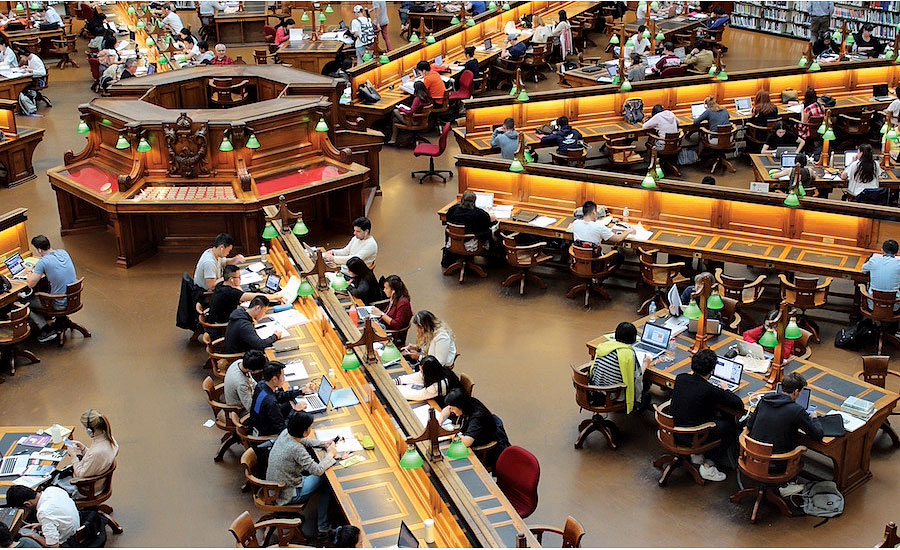In an industry that is evolving at an exponential rate and growing increasingly complex and interrelated, the lines between architecture and construction are rapidly blurring. Consider design-build, design-assist, integrated project delivery, building information modeling, lean construction techniques and field technology: All are crying out for increased collaboration across the fields of architecture, engineering and construction.
In the construction industry, there are no longer any rigid lines between these fields of expertise. And while the architecture, engineering and construction-
management college curricula have evolved to embed collaboration more deeply as a “skill,” these programs need to be accelerated to keep pace with this monumental shift in practice.
Generally, the majority of college graduates are not adequately prepared to enter their chosen professions.
Collaboration is a major priority for the American Institute of Architects–Associated General Contractors joint committee. And we feel strongly enough about this issue to make a clarion call to the academic community and construction industry to focus on the three simple, yet unmistakably
important, attributes for our collective and intertwined futures: empathy, trust and collaboration. We have too much to gain.
It is imperative that we start with the institutions of higher learning that train future architects, engineers and contractors. At the college and university level, there are nearly 140 architecture programs and 180 construction programs.
Of these, approximately 20% share the same campus, providing access and opportunities for teaching across disciplines. While collaboration undoubtedly is occurring at some of these schools, in tomorrow’s world the demand for interdisciplinary education and training will be much greater. Universities must make a concerted effort to be more collaborative in their approach to educating these future partners in the construction industry. Further, these schools must teach in a way that makes collaboration a core competency, not merely an admirable quality.
The design and construction process is an interdependent “team sport” that must rely on trust, collaboration and understanding. As we are all faced with doing more with less, the collaborative mind-set is crucial to delivering projects safely and with the highest levels of quality and productivity.
To do this, we must encourage collaboration early and often. We must learn from the universities that are involved with the Architecture + Construction Alliance, which is setting early expectations of collaboration, empathy and teamwork as vital skills for the future of the industry.
Graduates of such programs report that prospective employers “light up” when they hear from job candidates about their experience and perspective, developed through a more well-rounded academic setting. The private sector is aching for this sort of preparation, and the academic community needs to adjust its course offerings so that they better reflect real-world issues.
But it works both ways. As an entity, the AEC industry needs to do our part to help educators accomplish this goal. If we are going to preach the need for greater collaboration, then we must be prepared to collaborate, offering our perspective and getting involved
in various capacities at the university level. While practitioners and educators must have a detailed conversation about the need for collaboration, this topic needs to be recognized as a critical priority.
The bottom line is simple: Students who enter the workforce having been exposed to broader and more collaborative curricula will be far better equipped to handle the myriad challenges they will face, regardless of their chosen discipline. We ask that our partners in engineering and landscape architecture join us in making a similar call to the academic community. The future livelihood of the greater architecture-engineering-
construction community depends on it.




Post a comment to this article
Report Abusive Comment